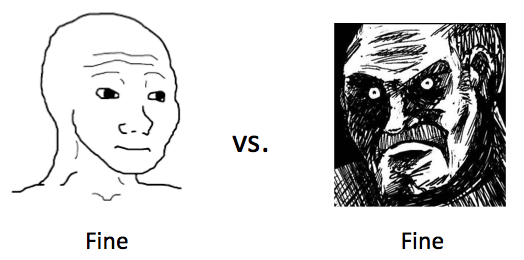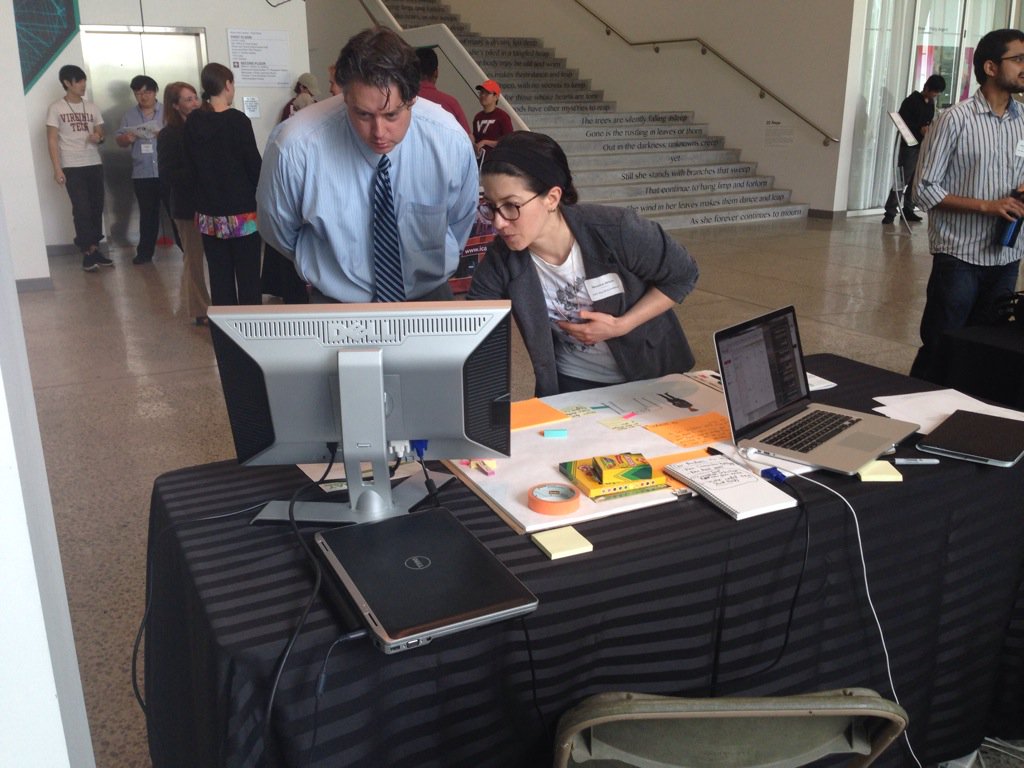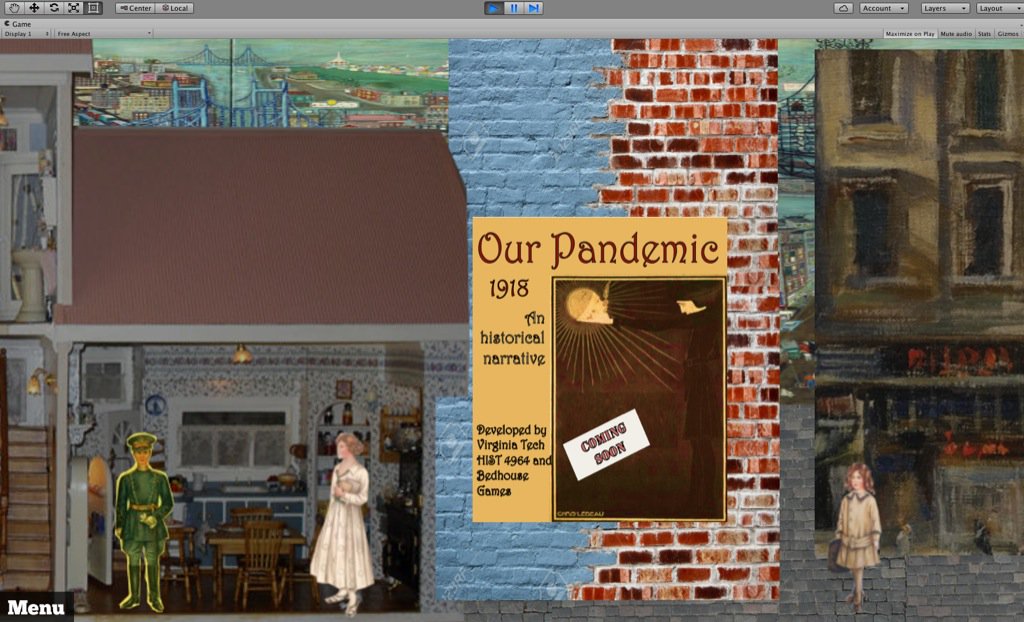This is actually a repost of a blog I wrote in the summer for my Oculus Launchpad demo and at this point I think a number of people have used the same technique but eh whatever, here's a cool thing!
I’ve got a cool technique to tell you about that makes it look like a bunch of 3D particle systems are running in the game but they are really 2D movie magic. Cloudrise is set on a gas giant planet and I really wanted the surface to look alive with photorealistic roiling clouds. This kind of effect is not hard to achieve with the Unity standard asset particle systems, but since the game is getting released on GearVR we can’t have a bunch of 3D particle systems running on the phones without seriously overtaxing them. Soooo the work around I used was to create a scene with the surface of the planet exactly how I wanted it complete with a gazillion particle systems running. Then I put a virtual 360 camera in the middle of the scene (VR Panorama 360 PRO Renderer get it, it's awesome), captured about 10 seconds of 360 video of the particle systems running, took that 360 video and dumped it onto a video sphere in the scene I wanted the effect in, looped the video, and voila!! Huge 3D particle system background still looks 3D but is now 2D and manageable for the phones. How’s that for high level graphics compression B-)
I’m going to monkey around with the 360 videos a bit more (there’s some rendering artifacts when the videos loop) but overall I’m pretty pleased with the effect.







